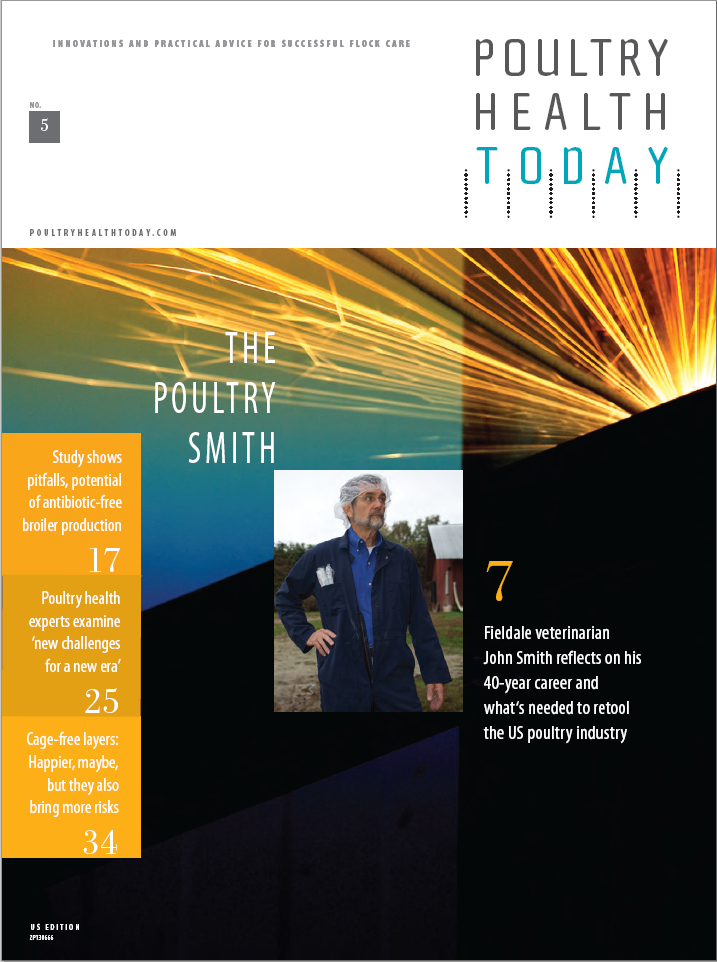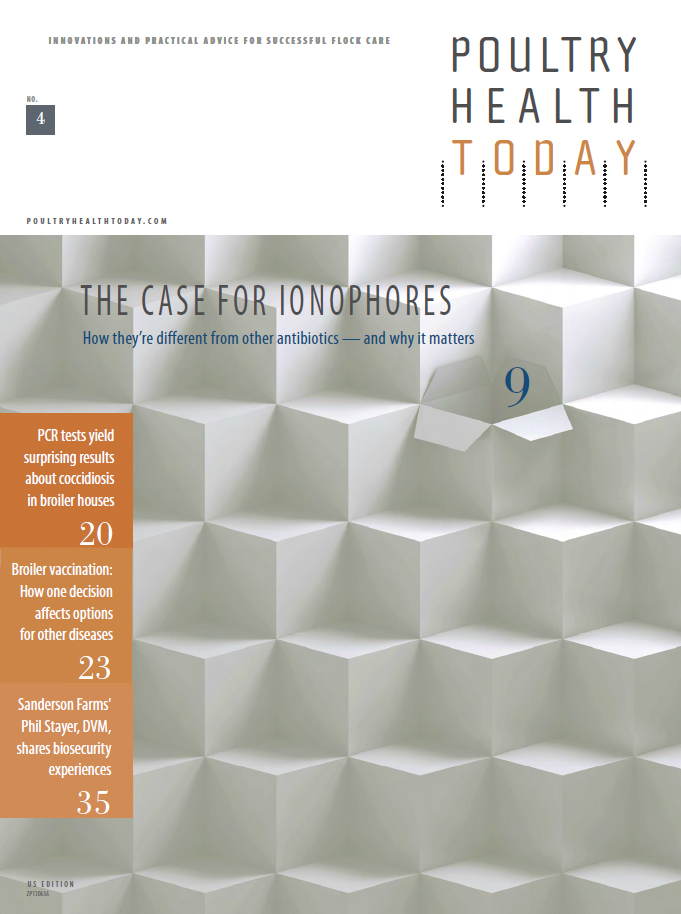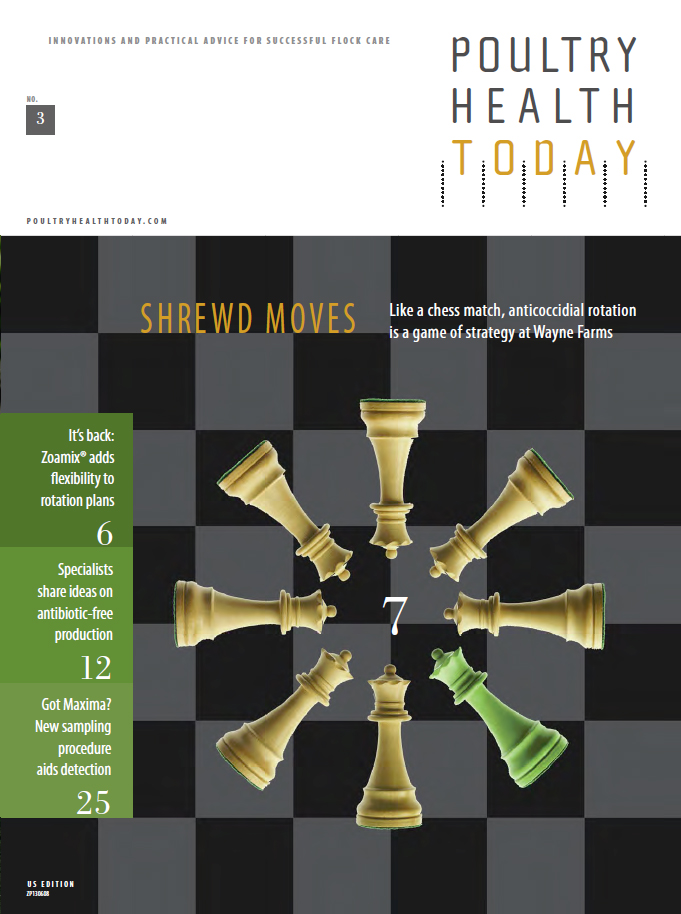

Technically, All Poultry In The US Is 'Antiboiotic - Free'

Confidently presenting facts - not defensive rhetoric - can go a long way toward shaping consumer opinions about commercial poultry production and the importance of maintaining flock health, welfare and efficiency. For this special feature, Poultry Health Today checked into whether poultry raised without antibiotics was more wholesome than meat from medicated birds.
Perception
Meat from poultry raised without antibiotics is more wholesome and nutritious than other poultry.
Reality
Most commercial poultry producers use antibiotics to treat, control the spread of and prevent common diseases. Some consumers prefer meat from poultry raised without antibiotics for personal or ethical reasons, so many poultry operations now produce meat specifically for this market.
Other than price - brands of meat from birds "raised without antibiotics" tend to cost more - there are no discernable differences in the meat from medicated or non-medicated birds.
"There is absolutely no nutritional difference in meat from poultry raised without antibiotics compared to poultry that receive antibiotics," says Mike Lacy, PhD, professor and head of poultry science at the University of Georgia.
Michele Simon, a public health lawyer who writes the blog eatdrinkpolitics.com, agrees. Reacting to Chick-fil-A's announcement in February that within 5 years it would no longer sell meat from poultry raised with antibiotics, Simon told The New York Times, "All of this makes for great PR, but it doesn't mean the products are necessarily any more nutritious."
Today all poultry meat that enters the US food supply is, by definition, antibiotic-free or, more specifically, free of antibiotic residues by the time it reaches consumers - regardless of how the birds were raised.
Several safeguards in the food chain make this possible:
First, the USDA Food Safety & Inspection Service (FSIS) routinely inspects all meat for residues of antibiotics, pesticides or environmental contaminants. Any meat found to contain violative residues of any substance is automatically rejected.
The poultry industry has also shown that it knows how to use antibiotics responsibly and judiciously. According to statistics compiled by the National Residue Program administered by FSIS since 2009, no violative antibiotic residues have been found in poultry meat.1 (For a copy of this report, visit fsis.usda.gov and select Topics > Data Collection and Reports.)
When antibiotics are needed in poultry production, the medications are used under veterinary supervision in compliance with regulations established by the US Food and Drug Administration, which determines acceptable uses, dose rates and administration periods.
FDA has also established strict drug-withdrawal periods, which ensure that the animal's system has been sufficiently cleared of antibiotics well before the meat enters the food supply. Furthermore, the agency regularly audits feed-mill records to make sure antibiotics are used in compliance with FDA guidelines.
According to the American Meat Institute, no meat - including meat from birds raised without antibiotics - is ever guaranteed to be free from antibiotic-resistant bacteria, which occur naturally in humans, animals, insects and even plants. However, any foodborne bacteria found on raw poultry and other meats are destroyed when the meat is cooked at the recommended temperature.
More Issues












